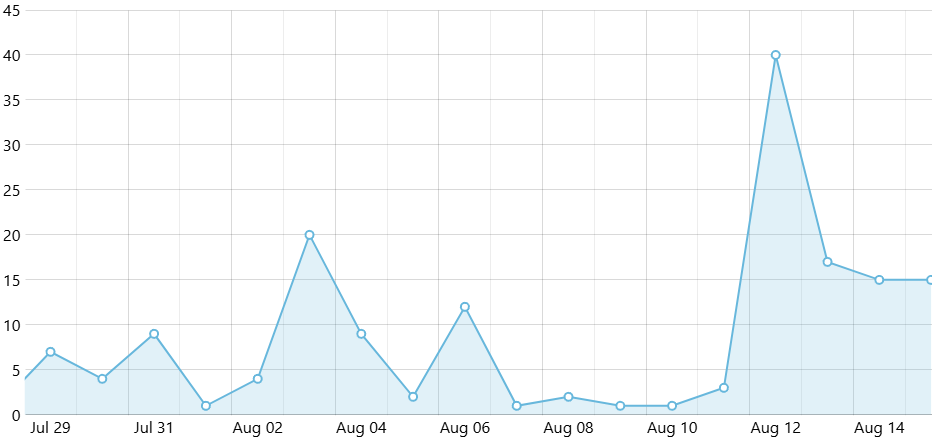ADHD drug treatment and risk of suicidal behaviours, substance misuse, accidental injuries, transport accidents, and criminality: emulation of target trials
Objective To examine the effects of drug treatment for attention deficit/hyperactivity disorder (ADHD) on suicidal behaviours, substance misuse, accidental injuries, transport accidents, and criminality.
Design Emulation of target trials.
Setting Linkage of national registers in Sweden, 2007-20.
Participants People aged 6-64 years with a new diagnosis of ADHD, who either started or did not start drug treatment for ADHD within three months of diagnosis.
Main outcome measures First and recurrent events of five outcomes over two years after ADHD diagnosis: suicidal behaviours, substance misuse, accidental injuries, transport accidents, and criminality.
Results Of 148 581 individuals with ADHD (median age 17.4 years; 41.3% female), 84 282 (56.7%) started drug treatment for ADHD, with methylphenidate being the most commonly prescribed at initiation (74 515; 88.4%). Drug treatment for ADHD was associated with reduced rates of the first occurrence of suicidal behaviours (weighted incidence rates 14.5 per 1000 person years in the initiation group versus 16.9 in the non-initiation group; adjusted incidence rate ratio 0.83, 95% confidence interval 0.78 to 0.88), substance misuse (58.7 v 69.1 per 1000 person years; 0.85, 0.83 to 0.87), transport accidents (24.0 v 27.5 per 1000 person years; 0.88, 0.82 to 0.94), and criminality (65.1 v 76.1 per 1000 person years; 0.87, 0.83 to 0.90), whereas the reduction was not statistically significant for accidental injuries (88.5 v 90.1 per 1000 person years; incidence rate ratio 0.98, 0.96 to 1.01). The reduced rates were more pronounced among individuals with previous events, with incidence rate ratios ranging from 0.79 (0.72 to 0.86) for suicidal behaviours to 0.97 (0.93 to 1.00) for accidental injuries. For recurrent events, drug treatment for ADHD was significantly associated with reduced rates of all five outcomes, with incidence rate ratios of 0.85 (0.77 to 0.93) for suicidal behaviours, 0.75 (0.72 to 0.78) for substance misuse, 0.96 (0.92 to 0.99) for accidental injuries, 0.84 (0.76 to 0.91) for transport accidents, and 0.75 (0.71 to 0.79) for criminality.
Conclusions Drug treatment for ADHD was associated with beneficial effects in reducing the risks of suicidal behaviours, substance misuse, transport accidents, and criminality but not accidental injuries when considering first event rate. The risk reductions were more pronounced for recurrent events, with reduced rates for all five outcomes. This target trial emulation study using national register data provides evidence that is representative of patients in routine clinical settings.
No additional data available. The Public Access to Information and Secrecy Act in Sweden prohibits individual level data being publicly available. Researchers who are interested in replicating this study can apply for individual level data through Statistics Sweden (<https://www.scb.se/en/services/ordering-data-and-statistics/ordering-microdata/>) and the National Board of Health and Welfare (<https://www.socialstyrelsen.se/en/statistics-and-data/registers/>). The underlying code is freely available at <https://osf.io/y7fhj/>.
www.bmj.com · The BMJ



















 に来てくれたこの
に来てくれたこの
 また来ないかなあ
また来ないかなあ








 なぎはし
なぎはし











